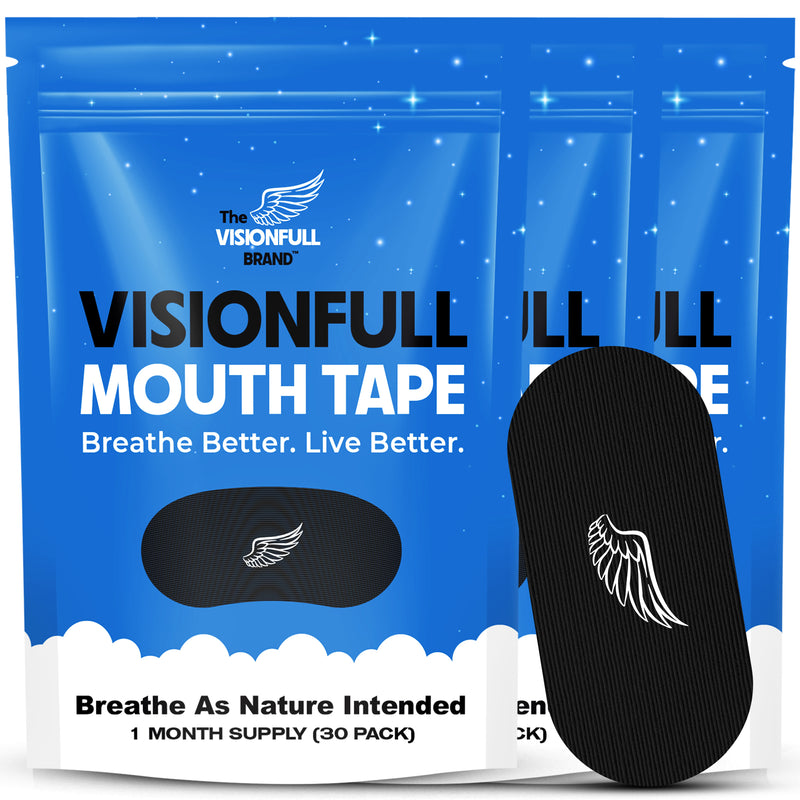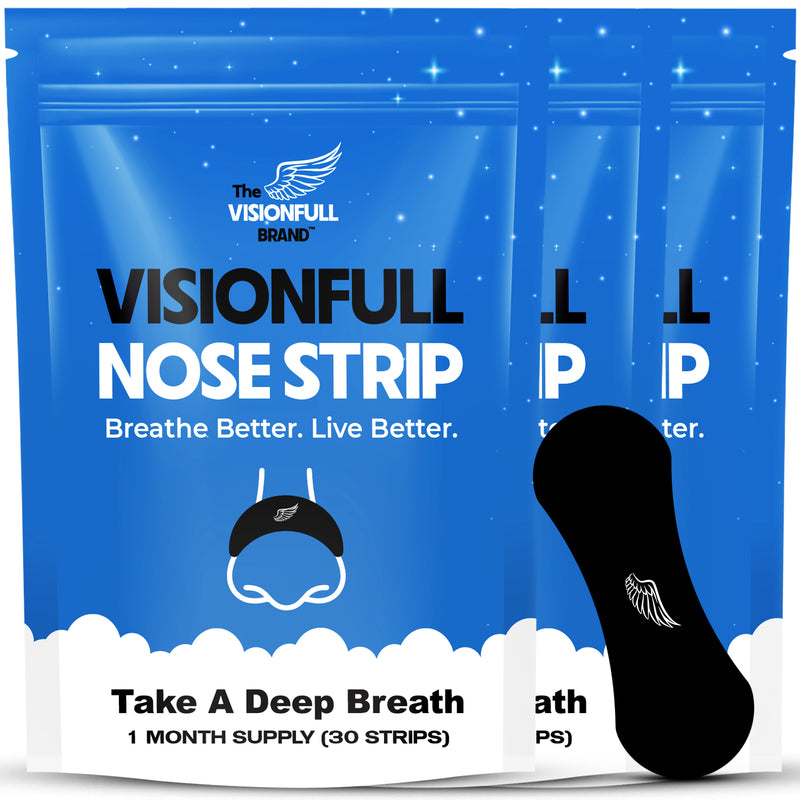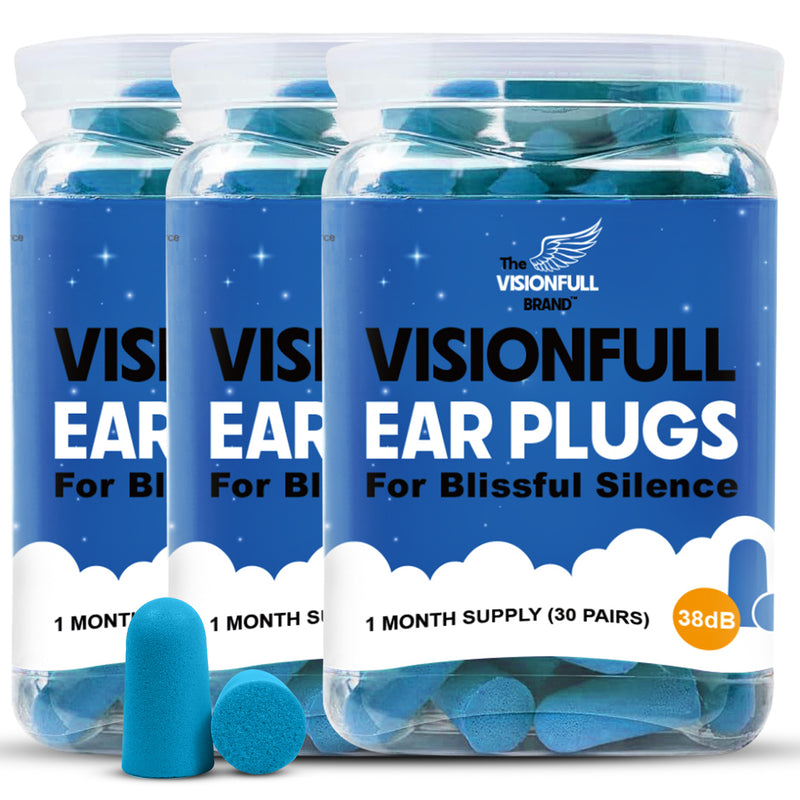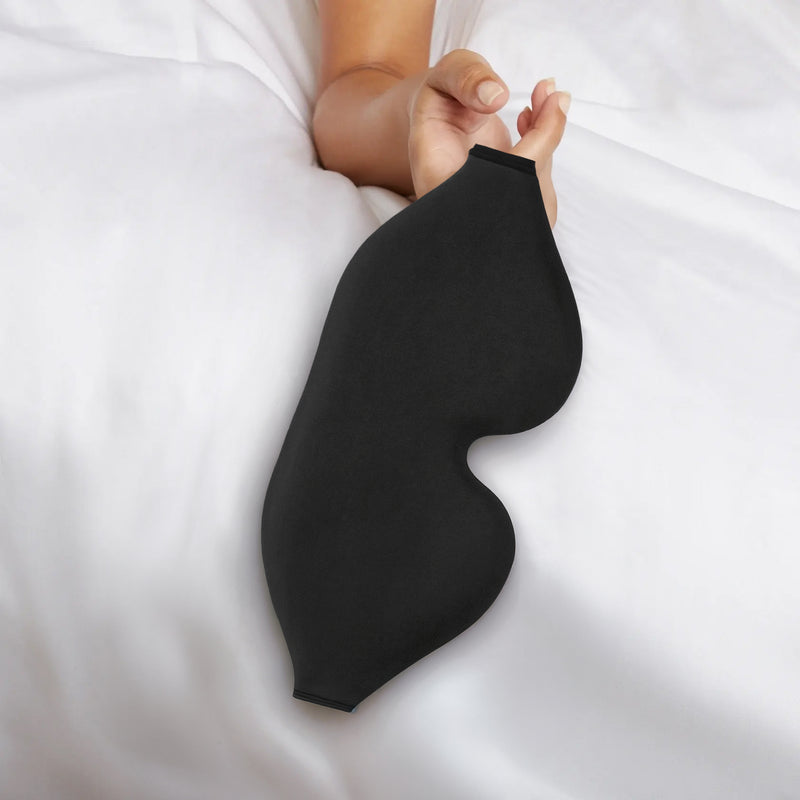In the quest for optimal sleep, a clean sleep mask can make all the difference. Regularly washing your sleep mask not only extends its life but also ensures it remains free from irritants and allergens. This comprehensive guide will walk you through the best practices for washing your sleep mask, catering to everyone from eco-conscious consumers to beauty enthusiasts, ensuring you enjoy a fresh and hygienic sleep environment every night.
Why Washing Your Sleep Mask Matters
Washing your sleep mask is crucial for maintaining both its functionality and your health. Over time, sleep masks can accumulate sweat, oils, makeup, and environmental pollutants, which can lead to skin irritation, breakouts, and even allergic reactions. Regular cleaning ensures that your mask remains free from bacteria and allergens, providing a hygienic surface that promotes better skin health and a more restful sleep. Additionally, proper care extends the lifespan of your sleep mask, making it a more sustainable and cost-effective choice. Whether you use your mask for travel, therapeutic purposes, or as part of your nightly routine, keeping it clean is essential for maximizing its benefits.
How To Wash Sleep Mask: Step-by-Step
Step 1: Check the Care Label
Before you begin, always check the care label on your sleep mask. Different materials require different cleaning methods, and following the manufacturer's instructions will help prevent damage. Look for specific guidelines on water temperature, detergents, and drying methods to ensure you clean your mask safely and effectively.
Step 2: Gather Your Supplies
To wash your sleep mask, you'll need mild detergent, a basin or sink, and clean water. For those with sensitive skin or allergies, opt for a hypoallergenic detergent to avoid irritation. If your mask has special features like cooling gel or heating elements, ensure you have the appropriate cleaning supplies recommended by the manufacturer.
Step 3: Hand Wash Your Sleep Mask
Fill a basin or sink with lukewarm water and add a small amount of mild detergent. Submerge the sleep mask and gently agitate the water with your hands to create suds. Lightly rub the mask to remove dirt and oils, paying special attention to any stained areas. Avoid scrubbing too hard, as this can damage delicate fabrics.
Step 4: Rinse Thoroughly
Once your sleep mask is clean, drain the soapy water and refill the basin with fresh, cool water. Rinse the mask thoroughly to remove all detergent residues, which can cause skin irritation if left behind. Gently squeeze out excess water without wringing or twisting the fabric, as this can distort its shape.
Step 5: Dry Properly
Lay your sleep mask flat on a clean, dry towel and gently press to remove additional moisture. Allow it to air dry completely in a well-ventilated area, away from direct sunlight or heat sources, which can cause fading or damage. If the care label permits, you can also use a low-heat setting on your dryer, but air drying is generally the safest option.
Step 6: Store Correctly
Once your sleep mask is fully dry, store it in a clean, dry place to keep it fresh and ready for use. Avoid placing it in damp or humid areas, which can encourage mold and mildew growth. For added protection, consider storing your mask in a breathable fabric bag to keep it free from dust and contaminants.
Step 7: Maintain Regular Cleaning Routine
To ensure your sleep mask remains hygienic and effective, establish a regular cleaning routine. Depending on how often you use it, aim to wash your mask at least once a week. Regular maintenance not only promotes better skin health for your face but also extends the life of your sleep mask, ensuring it continues to provide you with optimal comfort and support.
How Often Should You Wash a Sleep Mask?
The frequency with which you should wash your sleep mask depends on how often you use it and your personal hygiene needs. For daily users, washing the mask once a week is generally recommended to keep it free from oils, sweat, and bacteria that can accumulate over time. If you have sensitive skin or allergies, you might consider washing it more frequently, such as every few days, to prevent irritation and allergic reactions. For occasional users, washing the mask after every few uses should suffice. Regular cleaning not only ensures a hygienic sleep environment but also helps maintain the mask's effectiveness and longevity, making it a crucial part of your sleep hygiene routine.
Can You Put a Sleep Mask In The Dryer?
While some sleep masks can be safely dried in a dryer, it's essential to check the care label for specific instructions. Many sleep masks, especially those made from delicate fabrics like silk or those with special features such as cooling gel or heating elements, are best air-dried to prevent damage. If the care label permits machine drying, use a low-heat setting to avoid shrinking or distorting the mask. However, air drying is generally the safest method, as it preserves the fabric's integrity and extends the mask's lifespan. Always ensure the mask is completely dry before storing it to prevent mold and mildew growth.
Should I Use Bleach To Wash My Sleep Mask?
Using bleach to wash your sleep mask is generally not recommended, as it can be harsh on the delicate fabrics and materials commonly used in sleep masks. Bleach can cause discoloration, weaken the fibers, and reduce the overall lifespan of your mask. Additionally, bleach residues can be irritating to the skin, especially for those with sensitivities or allergies. Instead, opt for a mild, hypoallergenic detergent that effectively cleans without causing damage or irritation. Always follow the care instructions provided by the manufacturer to ensure your sleep mask remains in optimal condition.
Can I Hand Wash a Sleep Mask With Water and Soap?
Yes, you can hand wash a sleep mask with water and mild soap, which is often the preferred method for maintaining its cleanliness and longevity. Fill a basin or sink with lukewarm water and add a small amount of gentle, hypoallergenic soap. Submerge the sleep mask and gently agitate the water to create suds, then lightly rub the mask to remove dirt and oils. Be careful not to scrub too vigorously, as this can damage delicate fabrics. After washing, rinse the mask thoroughly with cool water to remove all soap residues, and gently squeeze out excess water without wringing. Lay the mask flat to air dry in a well-ventilated area, away from direct sunlight or heat sources. This method ensures your sleep mask remains clean, comfortable, and safe for use.
Tips For Maintaining Your Sleep Mask
- Regular Cleaning: Establish a routine to wash your sleep mask at least once a week, or more frequently if you have sensitive skin or allergies. Regular cleaning prevents the buildup of oils, sweat, and bacteria, ensuring a hygienic sleep environment.
- Gentle Handling: Always handle your sleep mask with care, especially when washing. Use mild, hypoallergenic detergents and avoid harsh chemicals like bleach. Gently rub the fabric to clean it and avoid wringing or twisting to maintain its shape and integrity.
- Proper Drying: After washing, air dry your sleep mask by laying it flat in a well-ventilated area, away from direct sunlight or heat sources. This helps preserve the fabric and prevents damage. If the care label allows, you can use a low-heat setting on your dryer, but air drying is generally safer.
- Safe Storage: Store your sleep mask in a clean, dry place to keep it free from dust and contaminants, and consider using a dry clean service if recommended by the manufacturer. Consider using a breathable fabric bag for added protection. Avoid damp or humid areas to prevent mold and mildew growth.
- Inspect Regularly: Periodically check your sleep mask for signs of wear and tear, such as fraying edges or loss of elasticity. Replace your mask as needed to ensure it continues to provide optimal comfort and support for a restful sleep.

Conclusion
Maintaining a clean and well-cared-for sleep mask is essential for ensuring a restful and hygienic sleep experience. By following the step-by-step washing instructions and incorporating regular maintenance practices, you can extend the life of your sleep mask and keep it free from irritants and allergens. Whether you use your sleep mask for travel, therapeutic purposes, or as part of your nightly routine, proper care will enhance its effectiveness and comfort. Embrace these simple yet effective cleaning habits to enjoy the full benefits of your sleep mask, contributing to better sleep quality and overall wellness.
Final Thoughts
Step into the future of sleep with The Visionfull Brand. Our expertly designed products, including mouth tape, nose tape, and ear plugs, are dedicated to providing unparalleled comfort and support throughout the night. Wake up feeling refreshed, focused, and ready to tackle the day with our innovative solutions. Experience the Visionfull difference today.
Sources
- https://www.thelaundress.com/blogs/tips/how-to-360-wash-finishing-drying?srsltid=AfmBOoqmw6L5ZLw8MvKnyBKRfgjCt8sWLjtk8HqmaFQrnplrKchuT58g
- https://www.cleaninginstitute.org/cleaning-tips/clothes/detergents/using-bleach-laundry
- https://tru.earth/blogs/tru-living/what-happens-if-you-wash-clothes-in-warm-water-instead-of-cold-water?srsltid=AfmBOorGYTiGD8Pc_m5yQzicUXrWbJ2KlFevxrgghtxmsJHjSaVBk4AH




